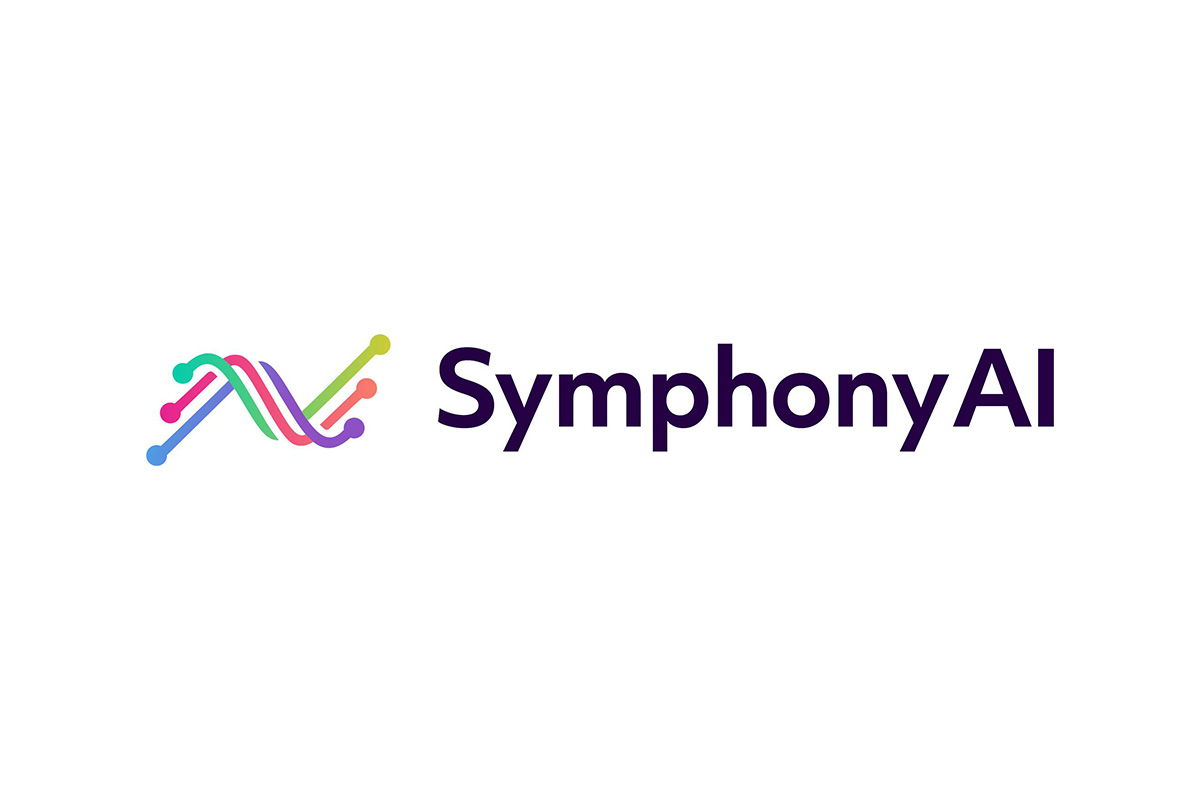The global smart buildings market size was USD 66.29 Billion in 2020. Rapid increase in smart city projects in various countries, rising focus on more efficient space utilization, and emerging 5G technology in developing countries are key factors driving market revenue growth.
Drivers: Rising adoption of IoT-enabled BMS
IoT-enabled building management systems and devices facilitates smooth functioning, monitoring, and management of smart buildings. IoT-enabled Building Management System (BMS) installed in smart buildings use sensor generated data, which improves building efficiency and enhances building occupant user experience. Furthermore, IoT-enabled devices consist of a wide range of sensors, actuators, and smart objects, which are used for various purposes such as reducing energy cost and repairing and maintaining building systems.
Restraints: Rising security concerns owing to IoT-enabled devices
Adoption of smart technology and IoT-enabled devices pose security threats to smart buildings. IoT devices and smart technology when connected to building systems are vulnerable to cyberattacks. Deployment may provide opportunity to hackers to access confidential and personal information and could compromise tenant safety and cause serious damage and risks.
Free Sample PDF Copy of the Report Available@ https://www.emergenresearch.com/request-sample/876
Growth Projections
The global smart buildings market size is expected to reach USD 141.71 Billion in 2028 and register a revenue CAGR of 9.9% over the forecast period, according to the latest report by Emergen. Increasingly stringent industry standards and regulations, growing focus on efficient energy consumption, and rising investment in smart technologies are key factors driving global smart buildings market revenue growth.
COVID-19 Direct Impact
The COVID-19 pandemic had adversely affected countries across the globe. As restrictions and lockdowns were eased, organizations and commercial buildings have reopened, and focus has increased on new services and activities to re-organize workplaces. Currently, organizations are exploring options for enabling smarter workflow, more efficiently managed facilities, and safer and healthier workplace, which is boosting demand for smart buildings solutions.
Current Trends and Innovations
In June 2021, Endeavor Business Media, LLC announced launch of smart building technology that will bring integrated intelligence to new constructions and existing commercial buildings. This technological development will offer support to latest communication systems, intelligent building systems, tenants health and safety, and will reduce energy consumption, among others.
Geographical Outlook
Market in North America accounted for a significantly robust revenue share in 2020 owing to increasing number of smart city projects. Increasing investment in green building technologies in the U.S. is also supporting revenue growth of the market in the region.
Market in Asia Pacific contributed significantly in terms of revenue share to the global smart buildings market in 2020 and is expected to register a rapid growth rate over the forecast period. China’s share is expected to expand at the fastest rate during the forecast period.
Buy your Exclusive copy @ https://www.emergenresearch.com/select-license/876
Strategic Initiatives
In May 2021, Siemens AG collaborated with Telefonica Tech to offer intelligent building solutions and services to the Spanish market. This collaboration will enable both companies to provide advanced and improved solutions, including physical security, monitoring, smart lightning, predictive maintenance, and operational efficiency.
Some Key Highlights From the Report
- Heating, Ventilation and Air Conditioning (HVAC) segment accounted for moderate revenue share in 2020, which is expected to expand at a steady rate over the forecast period owing to dual benefit of heating and cooling system in one unit. HVAC system helps to clean air and provides warm or cool air depending on climate and changes. It also helps to control and purify polluted air entering a building and improves air quality.
- Consulting segment accounted for significantly large revenue share in 2020 and is expected to register a rapid growth rate over the forecast period. Consulting helps to minimize risks, manage liabilities, and helps to improve management of a building.
- Residential segment accounted for significantly large revenue share in 2020 and is expected to register a moderate growth rate over the forecast period owing to high demand for advanced technologies such as Business Information Modelling (BIM), Artificial Reality (AR), and Virtual Reality (VR), and building automation.
- Some major companies included in the global market report are Cisco Systems, Inc., Honeywell International Inc., Johnson Controls Internationals, Hitachi Ltd., Schneider Electric, ABB Ltd., Legrand, Siemens AG, Robert Bosch GmbH, and Telit.
Have a look at Report Description and Table of Contents of Market Report@ https://www.emergenresearch.com/industry-report/smart-buildings-market
Emergen Research has segmented the global smart buildings market on the basis of automation type, service type, building type, and region:
- Automation Type Outlook (Revenue, USD Billion; 2018–2028)
- Building Management System (BMS)
- Heating, Ventilation, and Air Conditioning (HVAC)
- Lightning Control System
- Emergency Alarm and Evacuation System
- Audio and Visual Effects
- Video Surveillance System
- Elevators and Escalators Systems
- Fire and Life Safety Alarm
- Energy Management
- Others
- Service Type Outlook (Revenue, USD Billion; 2018-2028)
- System Integration and Deployment
- Support and Maintenance
- Consulting
- Building Type Outlook (Revenue, USD Billion; 2018–2028)
- Commercial Buildings
- Residential Building
- Governmental and Public Infrastructure Facilities
- Educational Institutions
- Others
Christmas & Year End Discount Available on Smart Buildings market report@ https://www.emergenresearch.com/request-discount/876
- Regional Outlook (Revenue, USD Billion; 2018–2028)
- North America
- U.S.
- Canada
- Mexico
- Europe
- Germany
- U.K.
- France
- Spain
- BENELUX
- Rest of Europe
- Asia Pacific
- China
- India
- Japan
- South Korea
- Rest of APAC
- Latin America
- Brazil
- Rest of LATAM
- Middle East & Africa
- Saudi Arabia
- UAE
- Israel
- Rest Of MEA
- North America
Explore Related Reports by Emergen Research:
The global construction equipment rental market was valued at USD 97.70 Billion in 2019 and is anticipated to reach USD 135.77 Billion by 2027, at a CAGR of 4.1 % during the forecast period.
The global structured cabling market size reached USD 10.86 Billion in 2020 and is expected to register a CAGR of 4.1% during the forecast period.
The global insulating glass window market size reached USD 12.65 Billion in 2020 and is expected to register a CAGR of 4.5% during the forecast period.
The global long steel market size is expected to reach USD 701.69 Billion in 2028, and register a CAGR of 3.6% during the forecast period.
The global construction market size reached USD 12,639.41 Billion in 2020 and is expected to register a CAGR of 7.4% during the forecast period.











